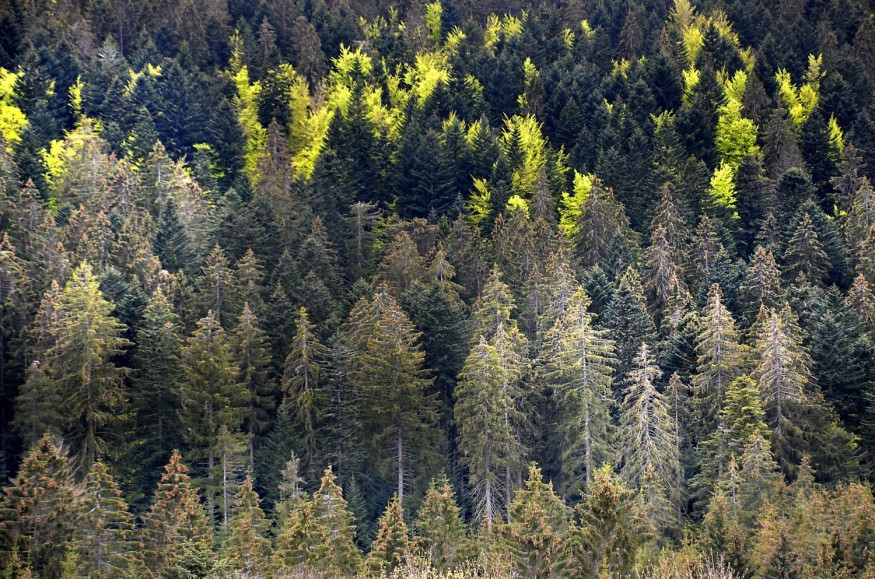A team of researchers from Israel discovered that planting trees in dry areas can increase atmospheric warming. They used high-resolution spatial analysis to study dry parts of the planet and published the paper in the journal Science.

Identifying Dryland for Afforestation
The Israeli team from the Technion-Israel Institute of Technology and the Weizmann Institute of Science examined wasteland areas worldwide and calculated the net gain or loss of heat if such areas were converted to forests. They accomplished this by conducting a high-resolution spatial analysis of such regions where trees could survive if planted. They discovered that 448 million hectares could be forested in total.
According to Phys.org, the researchers identified potential dryland for afforestation actions involving the conversion of low vegetation to dense forest cover using suitability analysis based on land cover and biological criteria.
They looked at the potential role that afforestation could play in reducing global warming. Using a combination of remote sensing tools and data-based estimations, it considered both carbon sequestration and albedo effects.
The study concentrated on semiarid regions that weren't previously covered. To simulate the greatest possible climate change mitigation potential from global drylands' forestation, they combined the three forestation maps (densification, reforestation, and afforestation).
Effect of Trees on Carbon Emissions
They discovered that many of the locations were already part of tree-planting projects. Then they used data from previous efforts that showed how much carbon is stored in various trees and the forests where they grow. The data from other projects included measurements of how much heat the different types of trees store. They then applied what they discovered to the sites they identified.
The researchers learned that if all the wastelands they identified were planted with trees, the net result would be 32.3 billion tons of carbon sequestration. However, they realized that approximately two-thirds of that amount would be required to cancel out the warming caused by heat absorption. That meant reforesting all possible wasteland would only offset 1% of greenhouse gas emissions.
It is crucial to remember that if thoughtfully planned and carried out, forestation may offer local benefits such as the prevention of soil erosion, recreation, local evaporative cooling, and perhaps increased precipitation.
Furthermore, while dryland forests have the potential to sustain a significant carbon sink for a longer period of time due to their large potential soil carbon stock, this study only simulates the net climatic cooling benefits of forestation over an 80-year period. This means that dryland forests may provide long-term climate warming mitigation.
ALSO READ: 'Climate Change' Causes The Increase of Warm-Dwelling Animals And Plants
The Albedo Effect
According to Climate Hero, the albedo effect refers to a surface's ability to reflect light. For instance, the earth's average albedo effect is 0.3. This indicates that the earth's surface reflects about 30% of the sun's radiation back and away from the planet.
One effective method of reducing climate change has been to forestate the vast drylands of the world. Although it has a sizable capacity for carbon sequestration, which could be used to reduce atmospheric carbon dioxide levels and thereby slow global warming, the decrease in albedo brought on by forestation would largely negate that potential. Therefore, it can produce large warming effects.
RELATED ARTICLE: Bolstering Plant Immunity Vs. Climate Change Could Help Plants Fight Back Diseases
Check out more news and information on Environment in Science Times.
© 2025 ScienceTimes.com All rights reserved. Do not reproduce without permission. The window to the world of Science Times.












